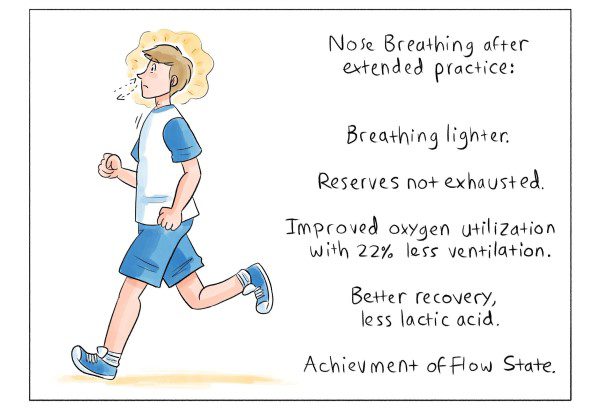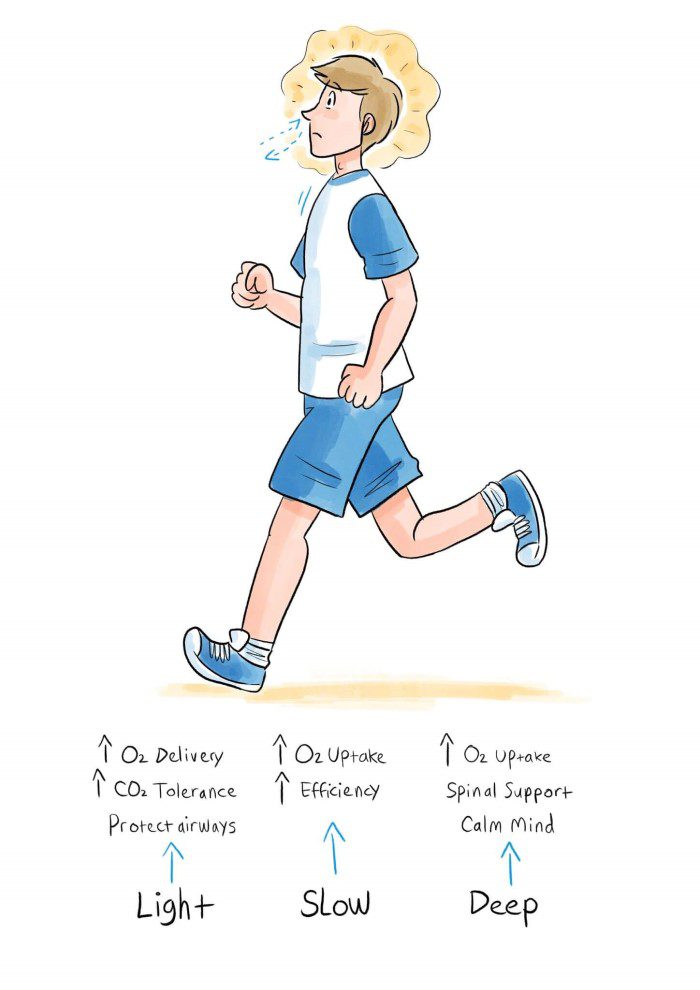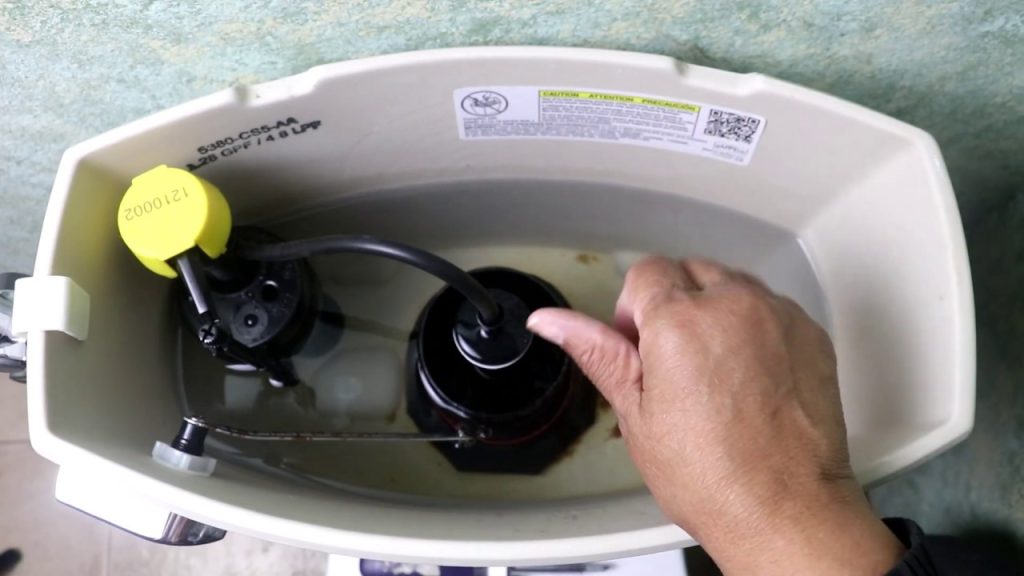Breathing while running can be tricky. It’s crucial for stamina and comfort.
Many runners struggle with their breathing technique. This can lead to quick fatigue and reduced performance. Learning how to breathe properly while running can make a big difference. It helps you run longer and feel more comfortable. Proper breathing can prevent side stitches and improve your overall running experience.
In this guide, we will explore how to breathe more efficiently while running. Understanding these techniques can enhance your performance and enjoyment. Let’s dive into the best ways to breathe while hitting the pavement.
Importance Of Proper Breathing
Proper breathing while running is crucial for many reasons. It helps in delivering oxygen to your muscles. This allows them to perform better and for longer periods. Poor breathing can lead to fatigue. It can also cause cramps and other issues that may disrupt your run. Understanding the importance of proper breathing can make a significant difference in your running performance.
Why Breathing Matters
Breathing is a vital function of the body. It provides oxygen to muscles and organs. When running, your body needs more oxygen. Proper breathing ensures that your body gets the oxygen it needs. It helps in removing carbon dioxide, a waste product of exercise. Efficient breathing also helps in maintaining energy levels. It keeps you from tiring quickly. Poor breathing can lead to decreased performance and increased fatigue.
Impact On Performance
Proper breathing can greatly impact your running performance. It helps in maintaining a steady pace. Consistent breathing improves stamina and endurance. It reduces the chances of side stitches, which can be painful. Proper breathing techniques can also help in maintaining a calm and focused mind. This can make your run more enjoyable and less stressful. On the other hand, improper breathing can lead to early fatigue. It can cause shortness of breath and make running feel like a chore.
| Proper Breathing | Improper Breathing |
|---|---|
| Improves oxygen delivery | Reduces oxygen intake |
| Enhances endurance | Leads to early fatigue |
| Reduces side stitches | Increases risk of cramps |
| Keeps mind calm | Causes stress |
In conclusion, learning how to breathe properly while running is essential. It can improve your performance and make running a more enjoyable experience.
Basic Breathing Techniques
Running can be challenging if you don’t know how to breathe right. Proper breathing techniques improve your endurance and keep you comfortable. Let’s explore some basic breathing techniques.
Nose Vs. Mouth Breathing
Many runners ask if they should breathe through their nose or mouth. Nose breathing filters and warms the air. It also regulates oxygen intake. But it may not be enough during intense runs. Mouth breathing allows more air to enter quickly. It helps meet the oxygen demand during hard runs. A mix of both can be ideal. Use your nose for easy runs and your mouth for harder efforts.
Diaphragmatic Breathing
Diaphragmatic breathing, or belly breathing, is a key technique. It involves using your diaphragm to take deep breaths. This method helps get more oxygen into your lungs. Place one hand on your belly and one on your chest. Breathe in deeply through your nose. Make sure your belly rises, not your chest. Exhale slowly through your mouth. Practice this until it feels natural.
Using diaphragmatic breathing while running can improve your stamina. It reduces the risk of side stitches and helps you stay relaxed.
Rhythmic Breathing
Rhythmic breathing is a technique that can help runners improve their performance. It involves synchronizing your breath with your running steps. This method can make your run more efficient and less tiring. Let’s explore what rhythmic breathing is and its benefits.
What Is Rhythmic Breathing?
Rhythmic breathing is the practice of aligning your breath with your steps. You inhale and exhale at specific intervals during your run. For example, you might breathe in for three steps and out for two steps. This creates a steady pattern that helps distribute the impact on your body.
There are different patterns you can use. Common ones include 3:2, 2:2, and 2:1. The numbers represent the steps taken during inhalation and exhalation. You can experiment with these to find what feels best for you.
Benefits Of Rhythmic Patterns
Improved oxygen delivery: Synchronizing your breath with your steps can help deliver oxygen more efficiently to your muscles. This can enhance your endurance and performance.
Reduced risk of injury: Breathing in a rhythmic pattern helps distribute the impact forces more evenly. This can reduce the strain on your muscles and joints, lowering the risk of injuries.
Enhanced focus: Rhythmic breathing requires concentration. This can help keep your mind focused and reduce distractions during your run. You stay present and maintain a steady pace.
Stress reduction: Controlled breathing can help calm your mind. This can make your runs more enjoyable and less stressful.
| Pattern | Inhale Steps | Exhale Steps |
|---|---|---|
| 3:2 | 3 | 2 |
| 2:2 | 2 | 2 |
| 2:1 | 2 | 1 |
Experiment with different patterns to see which one suits you best. Pay attention to how your body responds and adjust accordingly. Rhythmic breathing can be a valuable tool in your running routine.

Credit: www.runandbecome.com
Breathing Exercises
Learning to breathe properly can improve your running performance. Breathing exercises help you optimize oxygen intake and reduce fatigue. Let’s explore some effective breathing exercises.
Warm-up Exercises
Begin with deep belly breathing. Inhale deeply through your nose. Allow your belly to expand. Exhale slowly through your mouth. Repeat this for five minutes. This helps to warm up your respiratory muscles.
Next, try rhythmic breathing. Match your breath to your steps. For example, inhale for three steps and exhale for two. This rhythm helps to stabilize your breathing pattern.
Cooldown Exercises
After your run, practice progressive relaxation breathing. Sit or lie down comfortably. Close your eyes. Take slow, deep breaths. Focus on relaxing each muscle group. Start from your feet and move up to your head.
Finally, perform diaphragmatic breathing. Place one hand on your chest and the other on your belly. Inhale deeply through your nose. Ensure your belly rises more than your chest. Exhale fully through your mouth. This exercise aids in recovery and reduces muscle tension.
Common Breathing Mistakes
Many runners struggle with proper breathing techniques. Poor breathing can impact performance and comfort. Let’s explore some common mistakes that runners make while breathing.
Shallow Breathing
Shallow breathing is a frequent error among runners. It means taking quick, short breaths. This type of breathing limits oxygen intake. As a result, your muscles may not get enough oxygen. This can cause fatigue and reduce your running efficiency.
To avoid shallow breathing, focus on deep diaphragmatic breaths. This means breathing deeply into your belly, not just your chest. When you take deep breaths, your diaphragm expands fully, allowing more oxygen in. Practice this technique even when you are not running. It will help your body get used to it.
Holding Your Breath
Another common mistake is holding your breath while running. Some runners do this without realizing it. Holding your breath reduces oxygen flow to your body. It can make you feel dizzy and tired quickly.
To prevent this, keep a steady breathing rhythm. Count your steps to help. For example, breathe in for three steps and out for two steps. This helps maintain a consistent flow of oxygen. It also makes your run feel more comfortable and controlled.
Consistency in breathing patterns is crucial. It ensures your body gets the oxygen it needs. Practice mindful breathing techniques regularly. They can significantly improve your running performance.

Credit: www.wikihow.com
Adapting To Different Paces
Breathing while running can change based on your speed. It’s important to adapt your breathing to your pace. This helps you stay energized and perform better. Let’s look at how to breathe during sprints and long-distance runs.
Breathing For Sprints
Sprinting demands quick bursts of energy. Your breathing should be fast and deep. Try inhaling through your nose and exhaling through your mouth. This helps get oxygen to your muscles quickly.
Here are some tips for sprinting:
- Quick breaths: Take shorter, faster breaths.
- Deep breaths: Fill your lungs completely.
- Rhythm: Sync your breaths with your strides.
Focus on your breathing pattern. It can make sprints easier and more efficient.
Breathing For Long-distance
Long-distance running requires steady and controlled breathing. Your goal is to maintain a consistent pace. Breathe in through your nose and out through your mouth. This helps conserve energy and keeps you going longer.
Consider these tips for long-distance runs:
- Steady breaths: Keep your breathing even and regular.
- Deep breaths: Ensure deep, full breaths to maximize oxygen intake.
- Rhythm: Match your breathing to your running cadence.
Using a rhythmic pattern like 2:2 or 3:3 can help. For 2:2, inhale for two steps and exhale for two steps. For 3:3, do the same but over three steps. This keeps your breathing in sync with your movements.
Breathing And Posture
Breathing and posture go hand in hand while running. Good posture allows for better breathing. It can make your runs more efficient and comfortable. When you slouch or hunch over, it restricts your lung capacity. This can lead to shallow breathing and reduced oxygen intake.
Maintaining Good Posture
Stand tall with your head up. Keep your shoulders relaxed but back. Engage your core muscles. Avoid leaning too far forward or backward. Imagine a string pulling you up from the top of your head. This helps keep your spine aligned.
Good posture opens up your chest. It allows your lungs to expand fully. This can make breathing easier and more efficient. Running with good posture can reduce fatigue and improve performance.
Posture’s Effect On Breathing
Slouching can compress your diaphragm. This limits your breathing capacity. It forces you to take quick, shallow breaths. Deep breathing becomes difficult.
On the other hand, maintaining good posture can enhance lung function. It allows you to take deeper, more controlled breaths. This increases oxygen delivery to your muscles. It can help improve endurance and reduce muscle fatigue.
Focus on keeping an upright posture. It can make a significant difference in your breathing and running performance.
Using Technology
Technology can help improve your running experience. It can help you breathe better and more efficiently. Using technology can provide real-time feedback, track your progress, and guide your breathing patterns. Let’s explore how technology can assist you while running.
Breathing Apps
Breathing apps are useful tools for runners. These apps can guide your breathing patterns. They offer visual and audio cues. This helps you time your inhales and exhales. Some popular breathing apps include:
- Headspace: Provides guided breathing exercises.
- Calm: Offers breathing techniques to reduce stress.
- Breathwrk: Focuses on improving your breath control.
Using these apps, you can develop a consistent breathing rhythm. This can help you run more efficiently and comfortably.
Wearable Devices
Wearable devices are another great option for runners. These devices can track your breathing patterns and provide feedback. Some popular wearable devices include:
| Device | Features |
|---|---|
| Garmin Forerunner | Tracks heart rate and breathing rate. |
| Fitbit Charge | Monitors breathing and offers guided breathing sessions. |
| Apple Watch | Provides breathing exercises and tracks respiratory rate. |
These devices help you monitor and improve your breathing. They can also provide valuable data to adjust your breathing technique.
Using technology, you can enhance your running experience and improve your breathing efficiency.

Credit: oxygenadvantage.com
Frequently Asked Questions
How To Improve Breathing While Running?
To improve breathing while running, practice diaphragmatic breathing. Inhale deeply through your nose and exhale through your mouth. This increases oxygen intake and reduces fatigue.
Should I Breathe Through My Nose Or Mouth While Running?
Both methods work, but it’s best to inhale through your nose and exhale through your mouth. This helps filter the air and maintain a steady rhythm.
Why Do I Get Short Of Breath When Running?
Shortness of breath during running is often due to improper breathing techniques or lack of endurance. Practice deep breathing and gradually increase your running distance.
How Often Should I Breathe While Running?
Aim to maintain a steady breathing pattern. A common technique is the 3:2 ratio, inhaling for three steps and exhaling for two steps.
Conclusion
Mastering your breathing while running can boost your performance significantly. Practice the techniques shared here. Be patient and consistent. Over time, you will notice improvements. Your runs will feel easier and more enjoyable. Remember, good breathing is key to a great run.
Enjoy your journey to better running!



